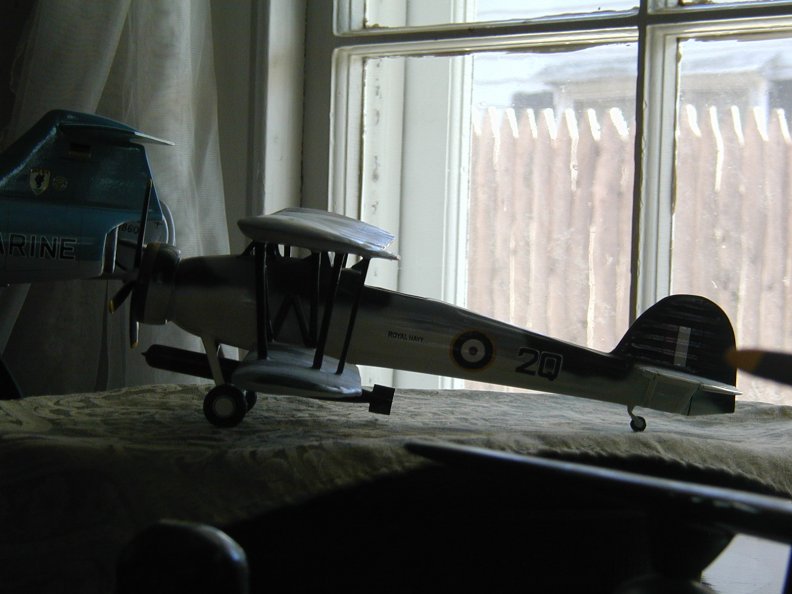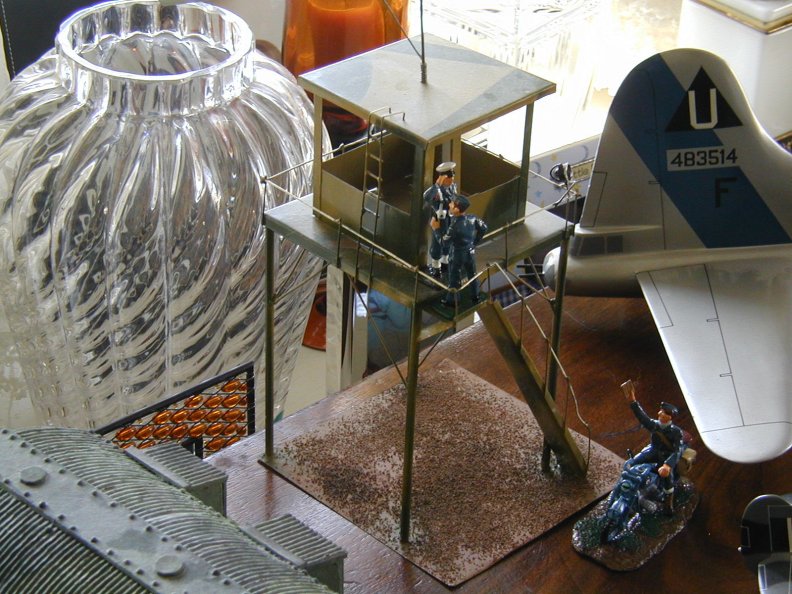Combat,
Here is an exerpt from the introduction to the book that answers your question about how I started collecting King & Country:
In the winter of 1993/1994, as I browsed through some toy soldier advertisements, I came across a photograph that changed my life, and launched me on the course that resulted in my writing this book. Up until this particular day I had been collecting only very static traditional toy soldiers, like those produced by William Britains for the last 100 years. They were shiny, pretty, looked good set up in marching order, and, frankly, were all I had ever seen up to that point. Everything I knew about toy soldiers was about to change.
The photograph was of a set of toy soldiers unlike anything I had seen up to that point: Teddy Roosevelt, mounted in his uniform as Lt. Colonel of the 1st U.S. Volunteer Cavalry, with two of his dismounted “Rough Riders” marching behind him. The sculpting of the figures was the first thing that caught my eye: they were more beefy and muscular, like real men rather than toys, and in natural, comfortable realistic poses, with Teddy slouching in the saddle, and the men marching with their bed rolls slung around them from shoulder to waist. Then I looked at the paint finish: it was glossy, like traditional toy soldiers, but had the shadowing, dry brushing techniques, and detailed outlining I had only previously seen in prohibitively expensive matt “connoisseur” figures. I had to have it, so I called the number of one of the dealers in the advertisement.
A week or so later, after I spent about fifteen minutes handling the figures (toy soldiers are so much more satisfying in person than in a photograph), I started to look through the King & Country color brochures that came with it. This company didn’t just make toy soldiers: there were wooden tanks, vehicles, aircraft, even buildings. There were soldiers from World War II, even a set of U.S. Marines from the recent Gulf War! Subjects I had never seen approached by the Toy Soldier companies I was familiar with up to this point.
I started purchasing all of the King & Country products I came across, as well as two other more innovative companies I discovered through the first King & Country dealer I had purchased from, Frontline and Trophy. Soon I had weeded out all but these three companies from my active collecting. By this time, my first wife, dismayed by the money and space (in our tiny apartment) I was dedicating to my collection, insisted I focus on only one company. I chose King & Country, not just because of the wide variety of available products, but because it was the most reliable of the three. Getting what you wanted from Frontline or Trophy was a chore. I once flew to London just to go the Guards Museum Toy Store (the only place Trophy was readily available) and the St. James Armory (ditto for Frontline). King & Country, on the other hand, actually filled your orders, even if it sometimes took three to six months for the custom wooden vehicles or diorama pieces like the Vietnam firebase (yes, by this time King & Country had even addressed the taboo subject of the Vietnam War!).
I would like to take this opportunity to thank Andy, Gordon, Pearl and the other members of the K&C family for their reliability. With Trophy all but out of business, and Frontline still a bear to obtain, not to mention the appreciation in value of King & Country products on the secondary market, this decision turned out to be not just the best, but the only choice.
A few years later, in 1999, I went to my first Toy Soldier show, the Valley Forge/King of Prussia Show, with one purpose in mind: to put a face to the voice of Andy Neilson. For something else about King & Country set them apart from the other companies I had dealt with: Andy’s accessibility. Before there was a website there were faxes, then e-mails. Finally, one night I was pleasantly surprised by this odd Scottish brogue on the phone. This very funny, knowledgeable, gregarious person was more than willing to answer his collectors’ questions, he actually seemed to enjoy talking their ears off, pumping them for ideas. He would even make special, custom products at a good client’s request, faxing or later e-mailing me his own drawings bringing my requests to life. When I got to the show that day, his first words to me as I approached the King & Country table were “so you must be the famous Louis Badolato.” From that moment forward I have been honored to call Andy my friend.



